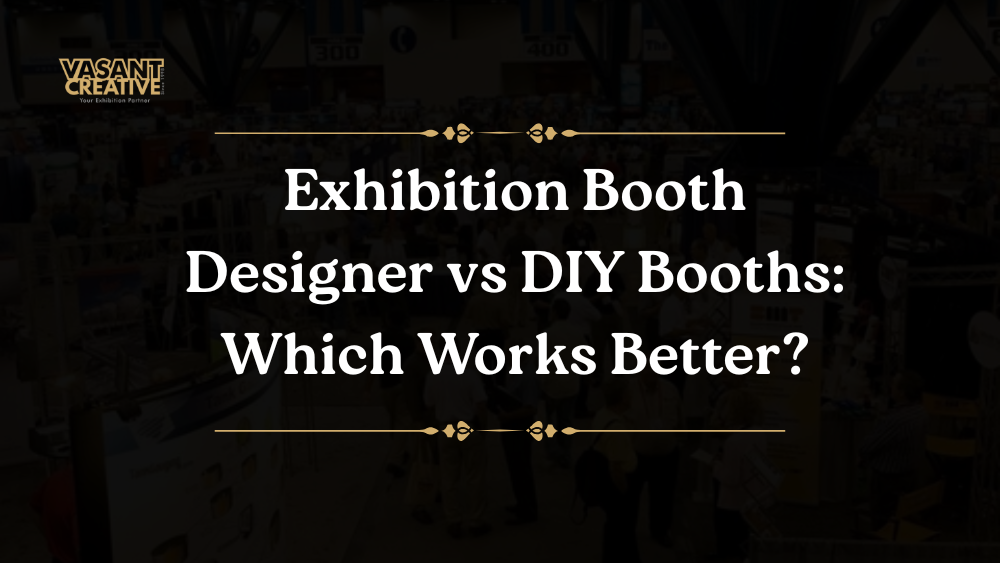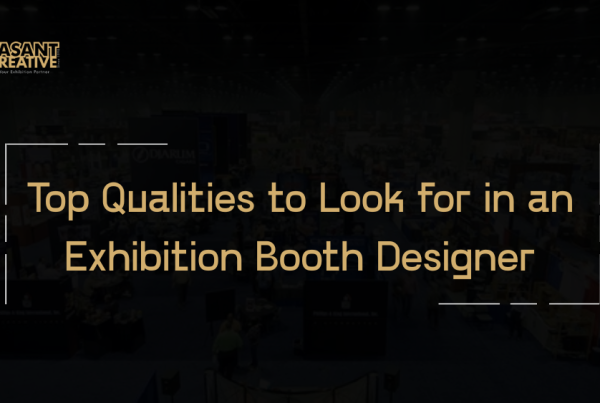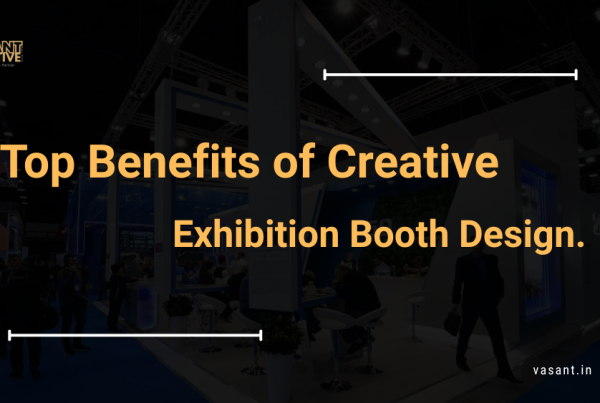Exhibitions and trade shows are excellent opportunities for businesses to display what they have to offer. A well-planned booth can capture visitors’ attention and leave lasting memories. However, when it comes to setting up a booth, many businesses confront a familiar decision: partner with an exhibition booth designer or build their own display. Both alternatives have advantages and disadvantages, and the choice can often be affected by money, goals, and available resources.
In this article, we’ll look at why booth design is important, what exhibition booth designers do, the benefits of hiring a professional, the advantages of DIY booths, and how expenses compare. By the conclusion, you’ll have a better understanding of which option is best for your firm.
Why Your Booth Design Matters at Exhibitions
Your booth is the first thing people see. It sets the tone for how they view your brand. A good design can pull visitors in, while a weak one may drive them away. Booth design is more than decoration; it communicates who you are, what you stand for, and why people should care. A well-planned space also guides visitors through your products or services in a clear way. In short, design can make the difference between being remembered and being overlooked.
What Is an Exhibition Booth Designer?
An exhibition booth designer is a professional who creates booths that align with brand identity and event rules. They do more than just put up walls and signs. They handle design layouts, materials, graphics, lighting, and interactive features. They also make sure the booth is functional, safe, and easy to navigate. A designer integrates branding in a way that attracts attention and complies with event guidelines. This mix of creativity and technical knowledge often gives businesses a stronger presence on the exhibition floor.
Advantages of Hiring an Exhibition Booth Designer
- Professional and Customized Designs
Designers do not use one-size-fits-all templates. They customize booths to express the brand’s goals. That usually entails distinctive structures, innovative layouts and designs, that stand out from standard setups.
- Better Branding and Visitor Engagement
A designer understands how to put the brand in the spotlight. They incorporate features that invite engagement, such as touchscreens, screens, or innovative demos. These elements assist individuals in remembering the booth long after the event has concluded.
- Time and Stress Savings
Planning and building a booth takes time. Designers handle everything from drawings to final setup. This allows your team to focus on meeting people and making connections rather than worrying about logistics.
- Quality Materials and Durability
Professional booths use premium materials. They are designed to last for several events. Designers also ensure the booth conforms to safety measures, so you do not have last-minute issues with event organizers.
What Are DIY Exhibition Booths?
DIY booths are created in-house, rather than hiring a designer. Companies often use movable stands, hired furniture, banners, and self-made displays. This technique promotes flexibility and hands-on innovation. DIY booths are popular among startups and small businesses that want to establish a presence at exhibitions, without paying the high expenses associated with professional setups.
Advantages of DIY Exhibition Booths
- Lower upfront costs
The most significant advantage of DIY booths is affordability. Small businesses with limited funds might set up a booth without making significant investments.
- Full Creative Control
DIY enables you to make your own decisions. You can test your own ideas and experiment with different styles that correspond to your vision.
- Flexibility and Easy Setup
Most DIY setups are light and portable. They’re easy to move around and set up, which makes them perfect for smaller events or temporary displays.
Cost Comparison: Exhibition Booth Designer vs DIY Booths
DIY booths usually cost less upfront. You can assemble one with simple tools, rented items, and a bit of creativity. For one-time or small events, this can be enough.
Hiring a booth designer, on the other hand, is more expensive. But professional booths often bring higher returns. They draw more visitors, create stronger brand impressions, and can be reused for several events. Over time, the higher initial cost can pay off in leads, sales, and visibility.
Which Option Works Better for Your Business?
The right choice depends on your needs. If your company is new, has a small budget, or only attends minor events, a DIY booth may work fine. But if you attend large exhibitions, compete with established brands, or want to create a lasting impression, hiring an exhibition booth designer is worth the investment. Consider your budget, event goals, and how often you exhibit before deciding.
Conclusion
Booth design has a direct influence on the show’s success. A professional show booth designer brings knowledge, creativity, and long-term value that DIY booths often lack. At the same time, DIY solutions provide flexibility and cost savings for those just starting. Weighing the benefits and cons carefully can assist you in selecting the solution that will best position your brand to stand out and thrive at your next exhibition.





